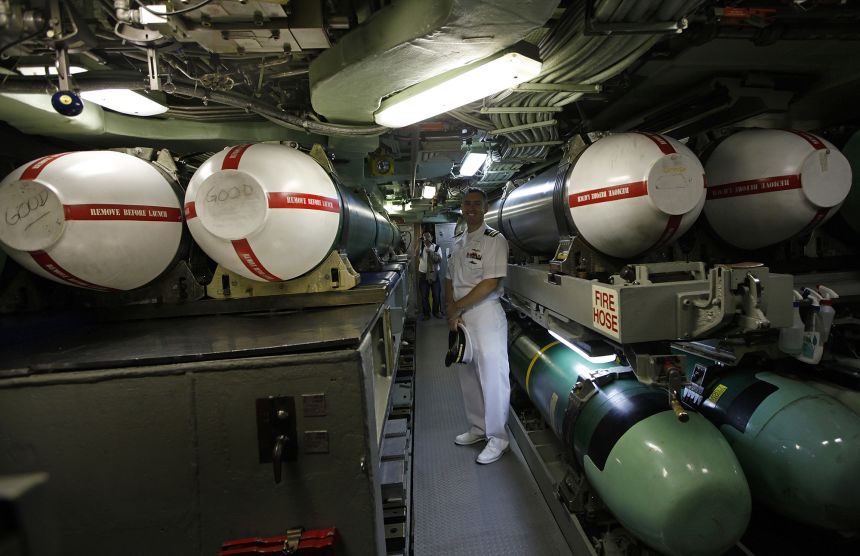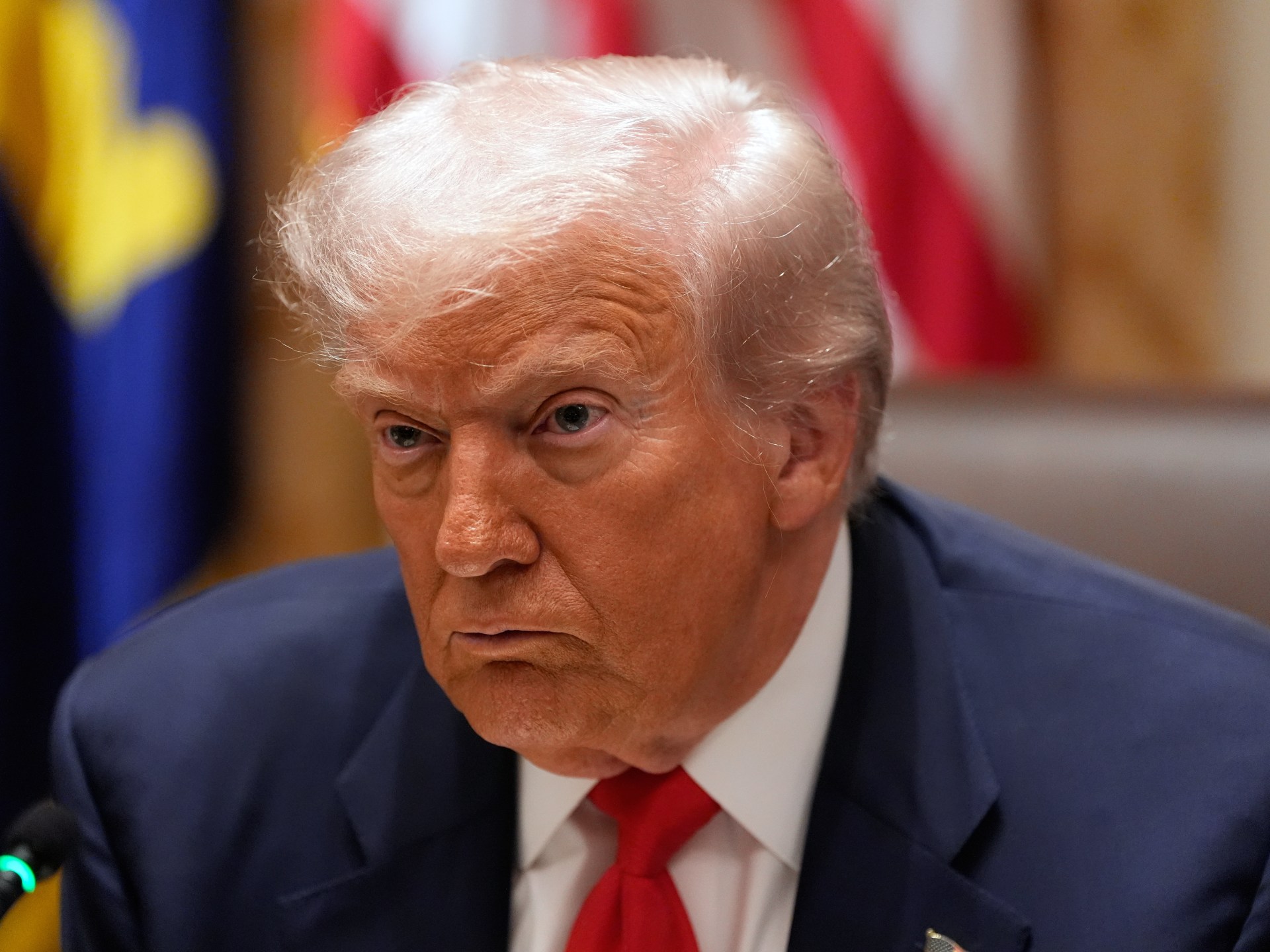Steve is going to get it done.
That is – and has been – the hope of Ukraine and Europe for months. During US President Donald Trump’s ebullient speech to Israel’s Knesset, he made it clear that elusive peace in Ukraine is his next priority, and that of his special envoy Steve Witkoff. And that this was a goal Trump had hoped would have proven easier than what he described as peace in the Middle East.
But Ukraine’s peace has perhaps not seemed further away since Trump came to power. There are few tactics from his work to end the horrors of Gaza that Trump can emulate as he seeks to curtail Russia’s near-four-year invasion of Ukraine. The only teachable moment he might find is that strength can win out: that the United States is still capable of imposing terms through sheer might. But that’s where the fleeting similarities end.
The first insurmountable difference is that, with Israel, Trump has persuaded an ally, militarily dependent upon him, to stop a horrific war that has earned near-global criticism. Instead, Russia is a historical opponent of the US, reliant on its main rival China, and when it comes to Moscow’s invasion, the world is somewhat mixed in its condemnation.
Trump’s cards, when it comes to Putin, were perhaps from the start imagined, but are now limited, if not non-existent. He has already tried red carpets, interpersonal charm and economic persuasion. There have been at least seven deadlines threatening more sanctions, until Trump decided he wants Europe to stop buying Russian hydrocarbons before he will impose any. Even the Kremlin admits the talks are on a “serious pause” (although Kremlin spokesman Dmitry Peskov said Monday, “Contacts through the respective channels are ongoing.”)
Unlike with Gaza, Trump also cannot declare a deal has been done between Russia and Ukraine and then leave the thorny details to be worked out later. Putin has already delighted in leaving Trump empty-handed once, after talks in Alaska, and will likely do so with any other opportunity to stand him up.
Trump’s staff – surfing a wave of hubris from the past weekend – risk being a little at sea with Ukraine. The security guarantee plans that Secretary of State Marco Rubio was charged with formulating for Ukraine – plans only needed if there is an enduring peace – remain opaque. Witkoff’s role was, until this recent success over Gaza, diminished. European allies have expressed dismay, even impolite horror, at Witkoff’s failure to grasp or recall key details of his discussions with the Kremlin. In the Knesset, Trump seemed to extol the virtue of how little Witkoff knew of Russia when he first flew to the Kremlin, and believed the many hours he spent there – presumably listening to Putin’s historical grievances – were a sign of the envoy’s effectiveness. But Putin will not be persuaded by bluster and self-congratulation alone.
Yet there remains one possible lesson for Trump from the past nine months wrestling with Putin and Gaza. For weeks now, Trump has floated the possibility of allowing European allies to buy Tomahawk missiles for Ukraine to fire at Russia. The missiles’ 1,500-mile range and speed mean they really only make sense evading air defenses and striking valuable infrastructure deep inside Russia. The Kremlin has suggested US personnel would have to operate such sophisticated weaponry, and that Tomahawks can be nuclear capable – sabre-rattling that weaponizes fears around unintentional escalation. Peskov said Sunday: “Now is really a very dramatic moment in terms of the fact that tensions are escalating from all sides.”
President Volodymyr Zelensky held two calls with Trump over the past week. On Sunday, the Ukrainian leader was keen to signal Tomahawk use might be closer. “We see and hear that Russia is afraid that the Americans may give us Tomahawks, which is a signal that exactly such pressure may work for peace,” he said. “We have agreed with President Trump that our teams, our military, will deal with everything we have discussed.”

When asked Sunday if he would send the missiles, Trump said, “We’ll see … I may,” adding, “I might tell them that if the war is not settled, that we may very well, we may not, but we may do it. Do they (Russia) want Tomahawks going in their direction? I don’t think so.”
Ukraine and Europe have been down the road of empty threats before, with Putin, but also with Trump and his predecessor Joe Biden. When Biden threatened to let Ukraine fire ATACMs into Russia, in response to North Korean troops being deployed by Moscow, the Kremlin threatened wildfire, but in reality was not able to muster that fierce a response. Putin could only bare his teeth, lacking real bite.
Similarly, Trump has threatened secondary sanctions against India and China for buying Russian oil, but only imposed them on the former. Supplying Tomahawks would again take Trump further than his predecessor in punishing Russia. But he has to follow through. The past nine months have shown hollow threats – the Kremlin’s, and Trump’s – are quickly exposed. This is a brutal war where only real and palpable damage now has currency.
And then follows the larger, riskier unknown of what damage Moscow must sustain to be forced back into talks it has slow-rolled to a standstill. Serious gas shortages plague some Russian regions, after months of long-range Ukrainian strikes on refineries. The Russian economy risks over-heating. But is Putin concerned about his immediate popularity and economic track record? Or is he instead obsessed with his long-term political survival and historical legacy?

The risk with Ukraine is clear. Trump could threaten Netanyahu with sanctions that were politically easy for him to impose: denting aid to an ally whose poll ratings across the US were dropping. Trump has no easy leverage with Putin, and has to now prove that his threats of force – of real damage to Russia both economically and physically – will come to fruition. That risks taking Trump in directions that Biden was reticent to push. Tomahawks may meet the fate of “secondary sanctions” – something meant only as a threat and never as a tool.
Yet this is still perhaps the only useful lesson for Trump – and it has been the mantra of his European allies since the start. The Kremlin only responds to strength – to something physically blocking its way. For another “peace” win, Trump must now find the strength and desire for something he seems innately phobic of: physically confronting Putin.

